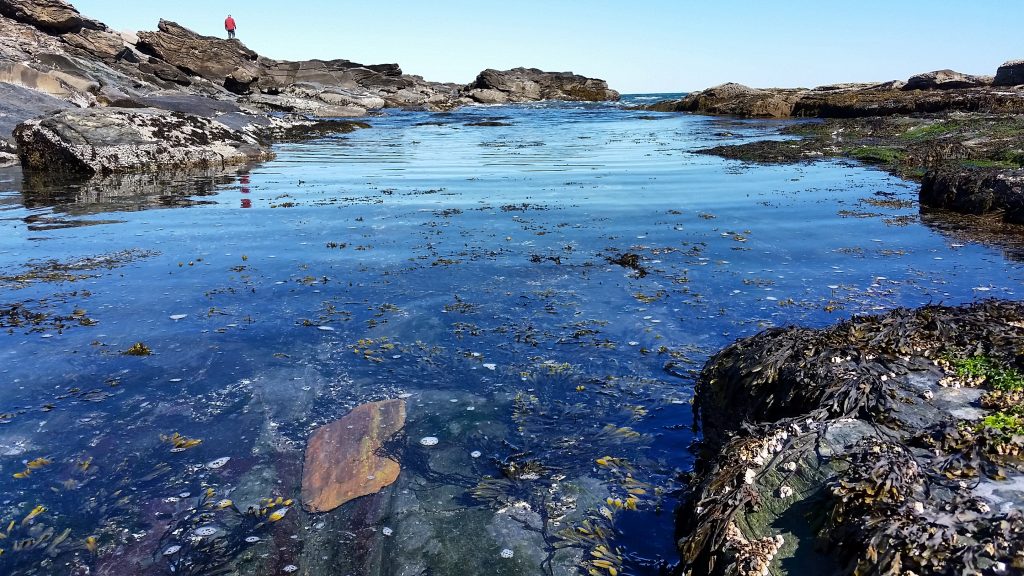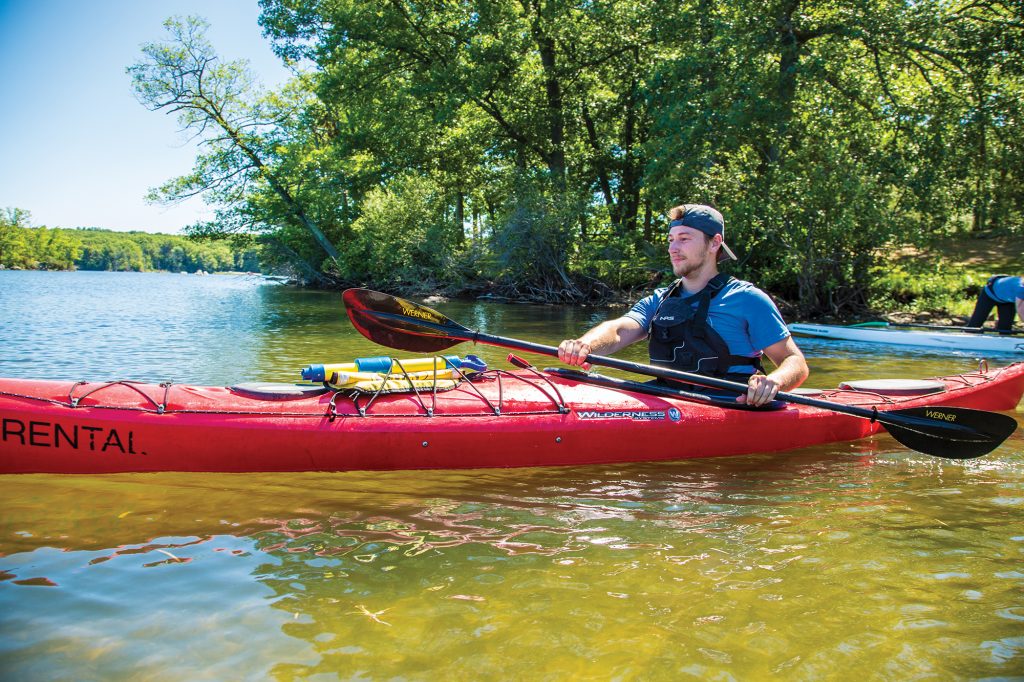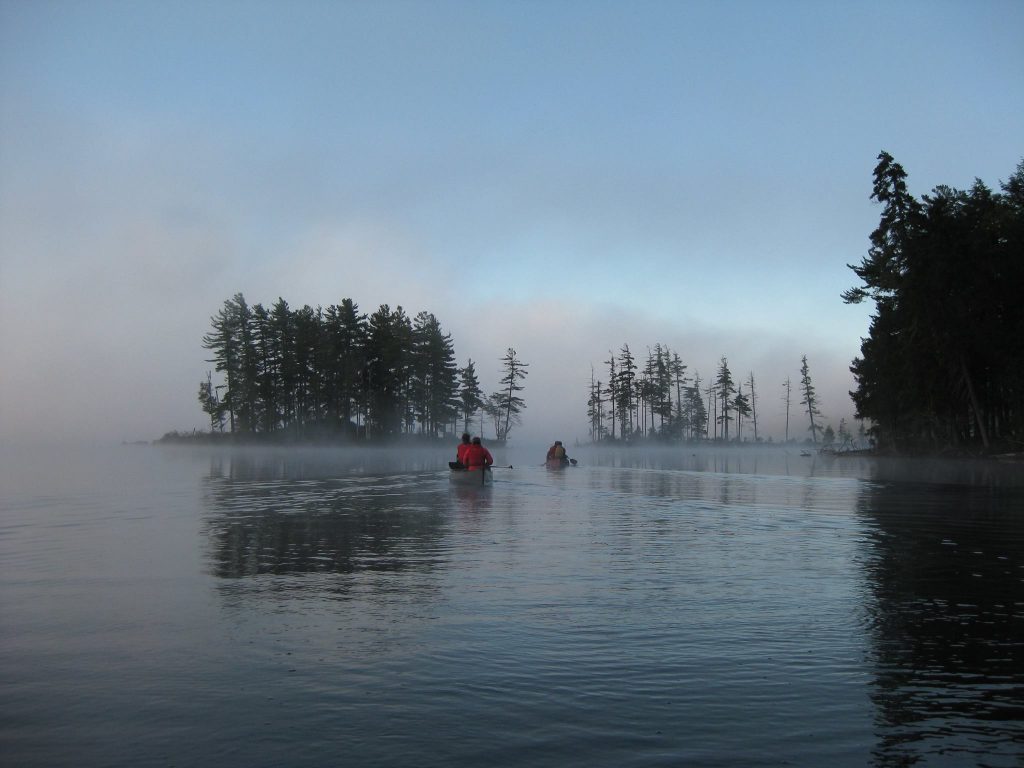You can’t deny the benefits of Leave No Trace (LNT) camping and hiking. Most who enjoy the outdoors agree that carrying out everything you brought in is the only way to keep trails and campgrounds litter free and natural for your next visit and for others years down the road. Nothing is worse than arriving at a remote location after a great day of hiking, only to find a trashed campsite.
At a time when people are increasingly mobile and are seeking to explore more remote areas, the “pack-it-in, pack-it-out” philosophy is more important than ever. Some of the nicest campsites I have ever found have included a great view of a nearby lake, river, or stream. But, have you ever wondered how your camp might be impacting those waterways you walk beside, swim in, or enjoy paddling? For one, keeping your cookware and yourself clean on the trails with conventional soap has unforeseen consequences for water recreation, for wildlife, and for our waterways’ health.

What are Phosphates, and How Do They Work?
Phosphorus occurs naturally in soils and is one of the environment’s most important nutrients. Phosphates, however, are refined and used in most everyday soaps and detergents. These act as a builder, which enables the soap’s cleaning components to work. In action, this compound removes films, sweat, or grease, allowing you to get yourself or your dishes clean.
While algae and aquatic plants need naturally-occurring phosphorus to grow and survive, it is possible to have too much of a good thing. Understand that phosphorus from humans doesn’t just come from soaps and wastewater. As rain runs off the land into waterways, large amounts further wash into streams and rivers.
In areas where agriculture uses phosphorus-based fertilizers, many nutrients end up in a body of water as a result. Excess quantities generate significantly more algae and aquatic plants, which then negatively impact wildlife and recreation.
How does this hurt waterways? Too many phosphates can harm water quality, clog up waterways with excessive vegetation, and create oxygen-deprived dead zones. Over time, this change creates dirtier water and reduces aquatic wildlife. Anyone who has tried to paddle along a lake or river with too much vegetation can relate to the frustration of constantly getting caught in the weeds or cleaning off a heavy paddle laden with plants every few strokes.

How Can You Apply LNT to Waterways?
1. Use phosphate-free and biodegradable soaps on the trail
EMS carries Sea to Summit Wilderness Wash and Dr. Bronner’s, two great all-purpose soaps in easily packable, small containers. Both are free of harmful chemicals and phosphates and are biodegradable. Soaps are usually deemed biodegradable if bacteria can break them down to at least 90-percent water, CO2, and organic material within six months. This simple step ensures you aren’t adding anything unnecessary to the land and waterways while you are out there enjoying them.
2. Less is more!
Both of these brands come in small bottles, and the soap is highly concentrated and designed to be diluted. So, save yourself a few bucks, and reduce your impact by diluting a few drops in a small pot before you wash your dishes or your face. If you follow this rule, that green soap will last for many more trips to come.
3. Employ the 200-foot rule
Biodegradable soaps cannot decompose properly if they are washed directly into a body of water. Instead, the breakdown from bacteria and microbes occurs in the soil. To ensure you are reducing your footprint, do your washing at least 200 feet away from a water source. Then, try to dump wastewater into a hole a few inches deep, which can be covered when finished. This way, nature can work its magic and break the soap down before it washes into the stream.
As outdoor-lovers, we are constantly looking for ways to go farther, lighten our loads, and reduce our impacts, so we can continue to do what we enjoy for years to come. As you gear up for warm-weather adventures, be a steward for your sport by using greener soaps and doing your part to protect the waterways we know and appreciate.

Christopher Sferra
Christopher has been a student of the natural world and outdoors since childhood. Growing up in southern NY, he received his Eagle Scout award from the Boy Scouts of America and recently received a masters degree in freshwater ecology. His research and recreation have brought him all over the country, from the tundra of Alaska, to peaks in Utah, to streams and wetlands in the southeast. Returning to the northeast as a Portland, Maine resident, Christopher seeks to give back to the forests, rivers and coast he grew up with by promoting conservation and accessibility of the outdoors to people of all ethnic, social and economic backgrounds.
Related Posts
1 Comment
Comments are closed.





Great article!
Re: “Then, try to dump wastewater into a hole a few inches deep, which can be covered when finished,” I suggest following the LNT Center’s advise to scatter dishwater.
Rich Perlman
Scoutmaster
LNT Master Educator